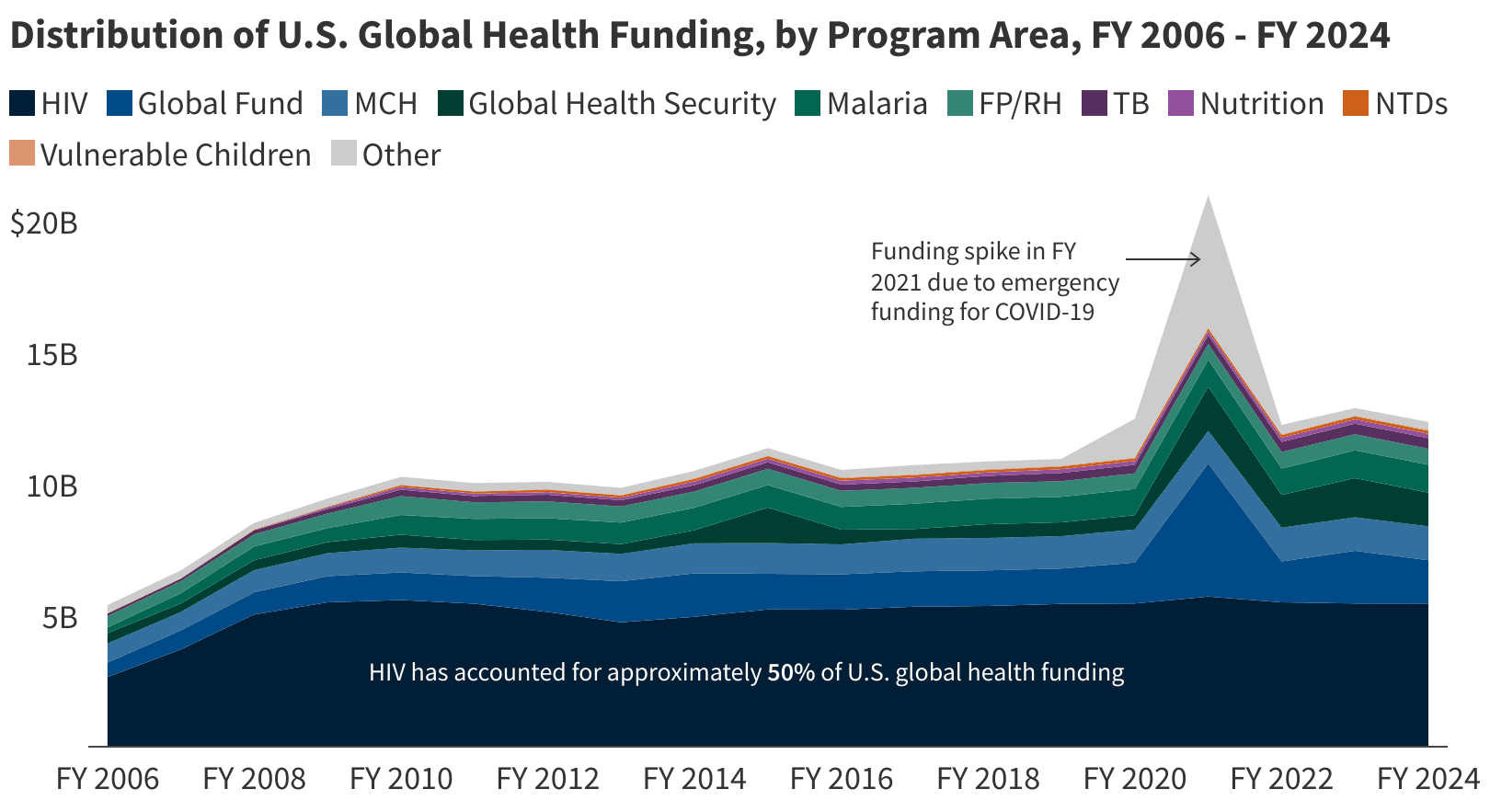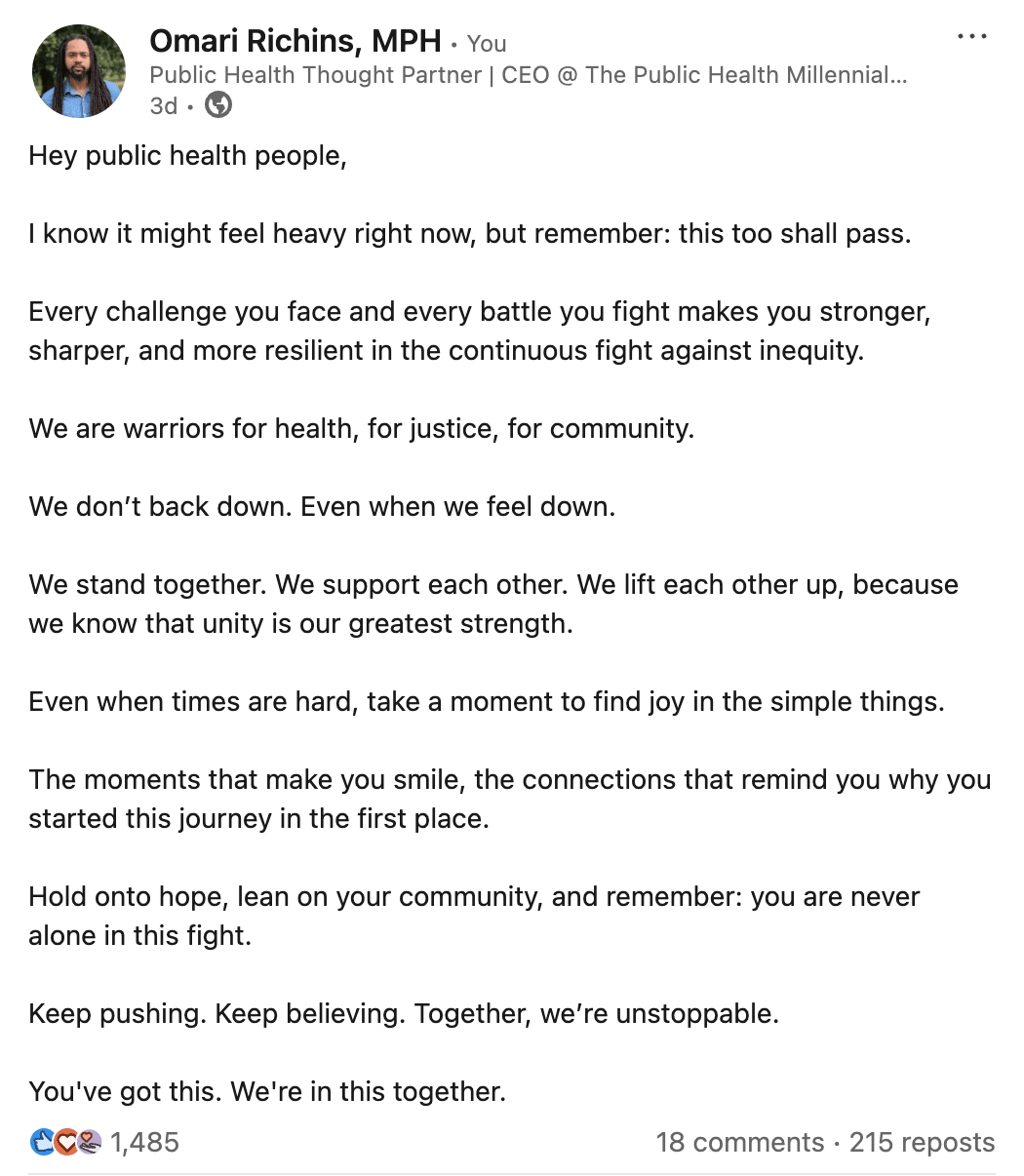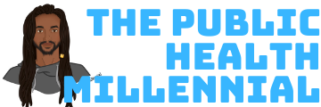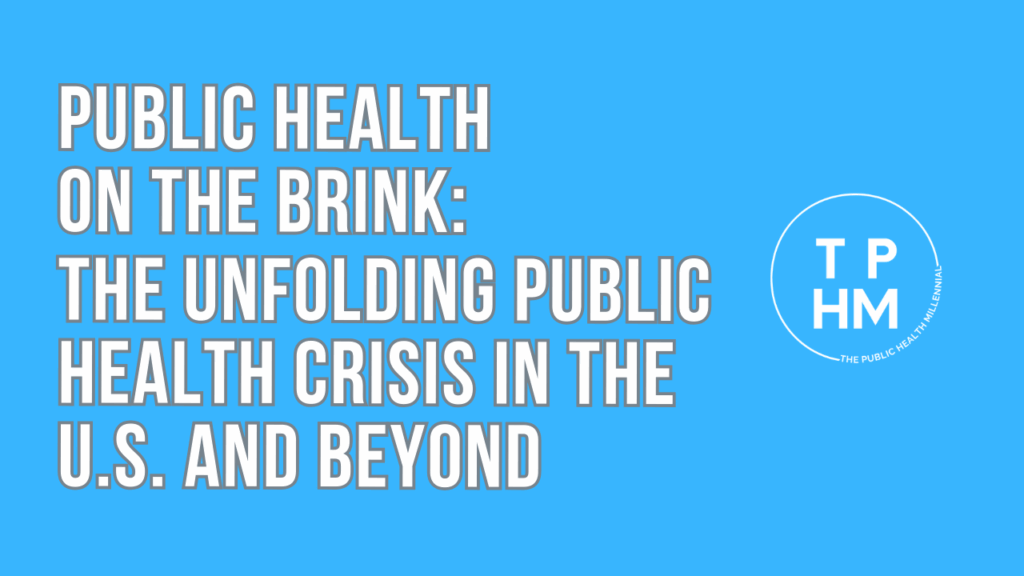Health is on the chopping block (in the US and worldwide).
Federal funding cuts. Global health funding cuts.
Jobs being lost. Health being drastically impacted.
It has been a rough few weeks for many of you – and that’s to say the least.
Perspective
There is a lot of damage that is happening right now. Funding freezes, confusion, and no clarity on the long-term impact of these cuts are creating uncertainty for global health workers, public health workers, researchers, and the communities that rely most on these services.
The scale of these cuts is historic – affecting both domestic and global health programs.
From layoffs at the CDC and NIH to halted funding for HIV/AIDS treatment and prevention programs in Africa – these decisions jeopardize millions of lives.
Congress’ Role and the Need for Advocacy
Congress plays a critical role in determining funding levels for public health and global health programs. In addition to setting budget allocations, Congress also establishes policy provisions and restrictions that:
- Direct how funds are spent (e.g., earmarks for specific programs like PEPFAR).
- Determine which organizations receive funding (e.g., restrictions on who can access federal dollars).
- Shape the scope and implementation of public health and global health activities.
These funding decisions directly impact life-saving programs, and advocacy is crucial right now. Policymakers must hear from public health professionals, researchers, and affected communities to protect the infrastructure that supports millions of people in the U.S. and beyond.
(📢 Join advocacy efforts with the National Alliance of Public Health Students and Alums)
Federal impact
Thousands of public health jobs have been cut, leaving many professionals unemployed. The impact on domestic health programs is profound:
Medicaid
Republican leaders have proposed reducing federal Medicaid funding by $1.5 to $2 trillion, introducing stricter work requirements and lifetime benefit caps.
Their proposal also eliminates the 90% federal match rate for the Affordable Care Act expansion. These proposals could end health coverage for 20 millions Americans.
These changes could have huge impacts for low-income communities who already face significant health inequities.
RFK Jr.’s Impact on NIH and Federal Health Policy
Robert F. Kennedy Jr., the new U.S. Secretary of Health and Human Services, has positioned himself as an opponent of traditional public health policies, particularly in vaccines and federal research funding.
If he gains more political influence, we could see:
- Diverted NIH funding toward “alternative health initiatives” with limited scientific backing.
- Weakened vaccine research and potential funding cuts for infectious disease prevention and research.
- Disruptions in scientific collaborations that are essential for developing future medical breakthroughs.
National Institutes of Health (NIH)
The NIH has faced a suspension of grant funding, freezing much of its $47 billion budget. This is happening despite multiple lawsuits challenging the executive order.
The meeting freeze has stalled about 16,000 grant applications,delaying an estimated $1.5 billion in funding for critical research.
New policies have capped indirect research costs at 15% (down from 30%-70%), putting research institutions at financial risk, leading to widespread layoffs and halted research projects.
Additionally, these cuts could discourage young scientist from entering the field and push existing experts to leave the U.S., further weakening the U.S. research landscape.
Center for Disease Control and Prevention (CDC)
A proposed $1.8 billion cut, approximately 22% of the CDC’s budget, is under consideration. Major public health coalitions, including the Big Cities Health Coalition, have pushed back against these cuts.
This reduction threatens essential programs, including the potential elimination of the National Center for Injury Prevention and Control, which addresses suicide and overdose prevention.
Public health emergency response capabilities would be significantly weakened, and these cuts may discourage professionals from pursuing careers at the CDC.
Department of Health and Human Services (HHS)
Significant job cuts are underway.
Reports indicate that as many as 5,200 probationary employees across HHS could be dismissed.
These cuts affect various agencies under HHS, including the CDC, NIH, and the Food and Drug Administration (FDA), and could undermine public health programs and threaten emergency response efforts.
HHS Secretary Kennedy has suggested shifting the agency’s focus away from infectious diseases and instead prioritize chronic disease and lifestyle health interventions – a shift that could weaken the nation’s pandemic preparedness.
Global Impact (Lens on AIDS)
The U.S. has historically been the largest single donor to global health programs – funding initiatives related to HIV/AIDS, malaria, maternal health, and emergency response.
<0.1% of the U.S. Federal budget – $12.4 billion – goes to global health.

While this may seem small, these funds are critical for community-based organizations that fight some of the world’s toughest health challenges.
However, recent USAID and global health budget cuts have already caused major disruptions.
HIV/AIDS and PEPFAR Funding at Risk
- PEPFAR (President’s Emergency Plan for AIDS Relief) has been a cornerstone of U.S. global health funding, contributing to saving over 25 million lives since its inception.
- U.S. budget cuts threaten essential HIV/AIDS prevention and treatment programs, which have played a crucial role in curbing the epidemic, particularly in sub-Saharan Africa.
- Without continued support, decades of progress in reducing HIV transmission rates could be reversed, leading to more infections and millions of preventable deaths.
(📖 Read: “My Wife Fears Sex, I Fear Death” – a powerful story on how USAID cuts impact HIV patients worldwide.)
USAID and International Humanitarian Assistance
- The sudden suspension of U.S. foreign aid has already forced organizations like the International Rescue Committee, Catholic Relief Services, and Norwegian Refugee Council to downsize or shut down key operations.
- Programs in Africa, Latin America, and the Middle East, USAID-supported projects focused on food security, education, maternal health, and infectious disease prevention are being discontinued, leaving millions of people vulnerable to worsening conditions.
- Experts warn that cuts to U.S. global health assistance could result in preventable deaths, as underfunded health systems in low and middle-income countries struggle to cope.
(📖 Read: Other projects that have already been affected by aids cuts)
How Foreign Aid Cuts Affect the World’s Poorest
The U.S. is the largest global health donor, funding HIV/AIDS treatment, maternal and child health, tuberculosis, malaria, nutrition, and more. Cuts to these programs could worsen global health crises and increase preventable deaths.
Programs at Risk
- HIV/AIDS (50% of U.S. global health funding) – Reductions to PEPFAR threaten millions of lives.
- Maternal & Child Health (MCH) – Cuts could lead to higher maternal and infant deaths.
- Tuberculosis & Malaria – Drug shortages and halted prevention efforts risk resurgences of deadly diseases.
- Nutrition & Family Planning (FP/RH) – More children could face malnutrition and stunted growth, while reduced reproductive health funding could increase unintended pregnancies.
- Global Health Security – Cuts weaken pandemic preparedness, raising global outbreak risks.
Without U.S. funding, we face:
- Higher child and maternal mortality
- Resurgent infectious diseases
- Weaker health systems, leading to pandemic risks
- Increased poverty, hunger, and instability
With less than 0.1% of the U.S. budget supporting global health, these cuts could undo decades of progress and cost millions of lives.

Will these organizations recover?
Given the economic downturn, global inflation, and weakened donor commitments, many of these organizations may struggle to fully recover – even if funding is restored in the future.
- The loss of experienced personnel due to mass layoffs will make it difficult to rebuild institutional capacity.
- Other wealthy nations and private donors are unlikely to fill the gap, as they face their own economic constraints given the global financial landscape.
- However, this could allows countries like China and Russia to step in, filling the gaps in funding and gaining greater influence in global health leadership.
The damage to research infrastructure and international collaboration efforts could take years—if not decades—to repair.
Looking Ahead
It seems pretty bleak right now, but this is the work we signed up for. Achieving health equity was already hard—and now it’s even harder.

That just means we have to step up even more—to advocate, organize, and push back. We must continue to protect the most vulnerable and marginalized populations, not just in the U.S., but worldwide.
Conclusion
The federal budget cuts to domestic health agencies and international aid programs have created severe public health and humanitarian consequences.
The CDC, NIH, Medicaid, and USAID are all experiencing historic reductions in funding, endangering both U.S. public health and global health security.
With millions of lives at stake, experts warn that the repercussions of these cuts could reverse decades of progress in disease prevention, healthcare access, and humanitarian aid—with long-term consequences that may be difficult, if not impossible, to undo.
Final Thought:
Take care of yourself. Support your community. Be kind. Stay resilient. And allow the serendipity to flow your way.



